Sunday the 19th of May saw the Rathmines Catalina Memorial Park Association hold their 12th Rathmines Catalina Festival after a hiatus last year to allow the Association to reorganize and move the event to May, rather than the original October when it has been held previously. 
The festival is held to promote the history of the former RAAF flying boat base on Lake Maquarie, just south of Newcastle, Australia, as well as provide a great day out with rides, food stalls, displays and entertainment for the whole family.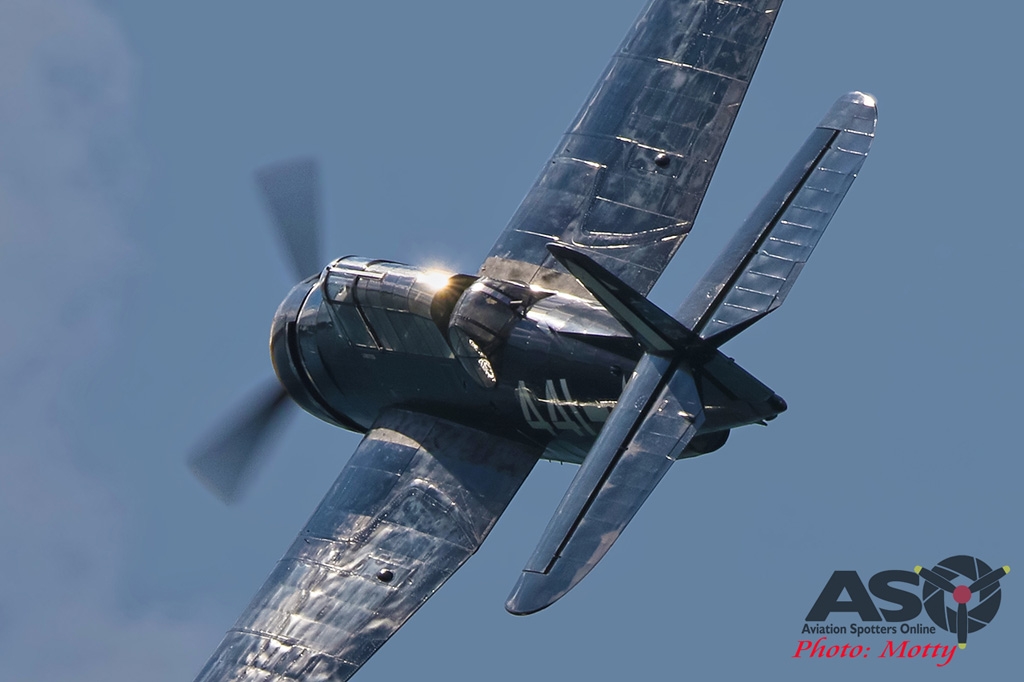
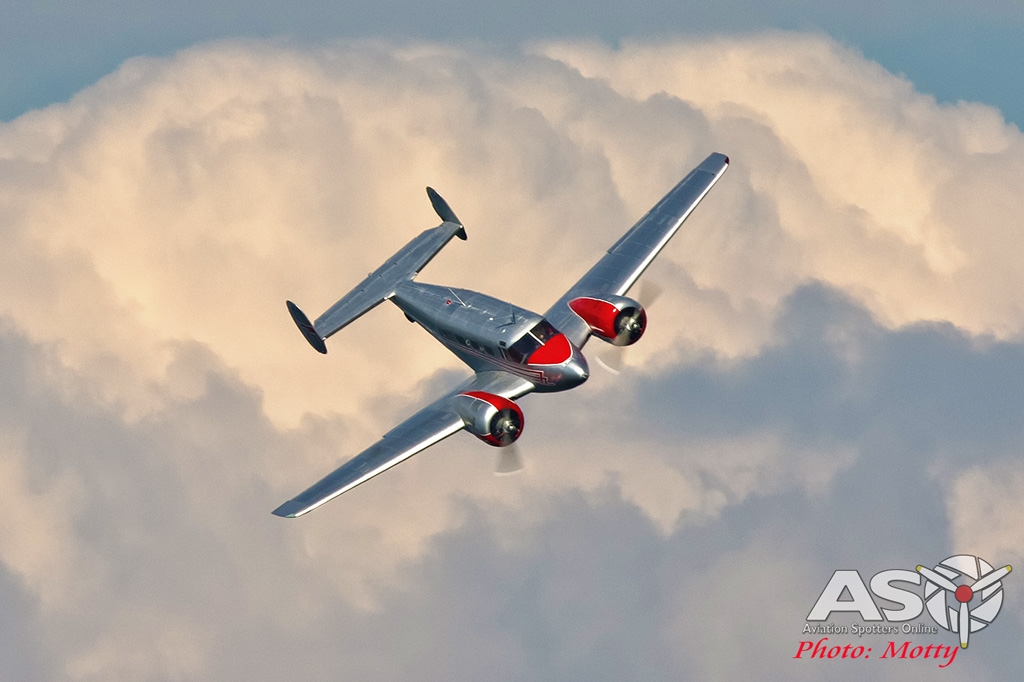 The funds raised from these events go to the Rathmines Catalina Memorial Park Association which uses the money for various projects, including the restoration of a PBY Catalina for static display and the aim of constructing a hangar to house and protect it as well as a museum to commemorate the history of the base and the personnel and aircraft which served there.
The funds raised from these events go to the Rathmines Catalina Memorial Park Association which uses the money for various projects, including the restoration of a PBY Catalina for static display and the aim of constructing a hangar to house and protect it as well as a museum to commemorate the history of the base and the personnel and aircraft which served there.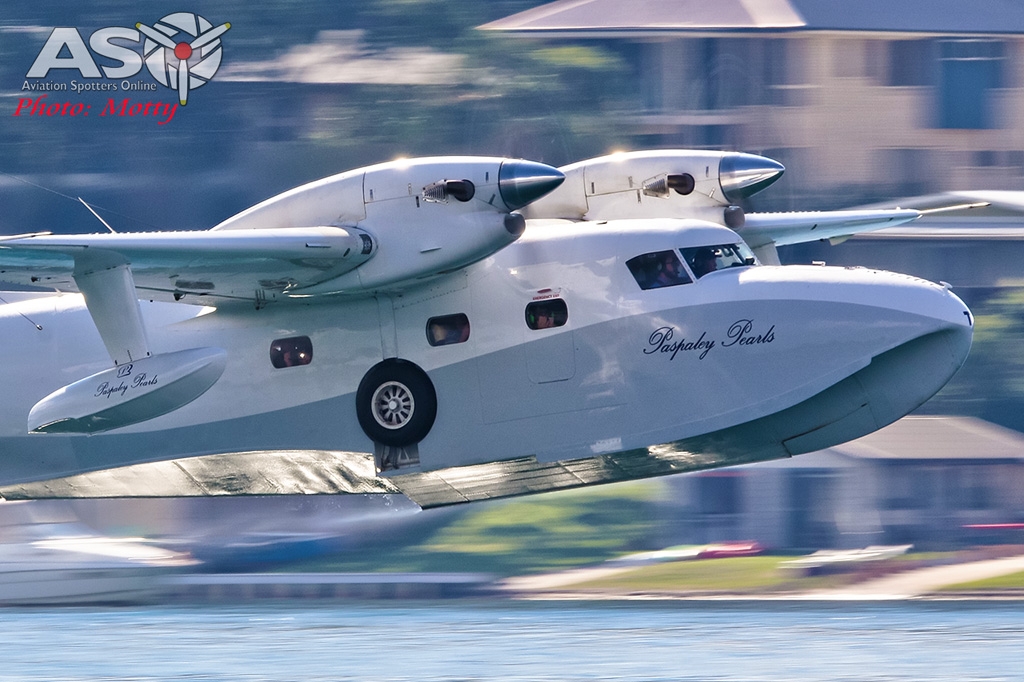
The day’s formal flying activities began with a display by Tim Dugan in Beech Adventures’ Beech-18. This classic twin-radial, in its attractive silver and red colours, looked wonderful over the waters of Lake Macquarie, and Tim put on a great routine, displaying the type’s surprising agility. (You can find out more about this machine HERE.)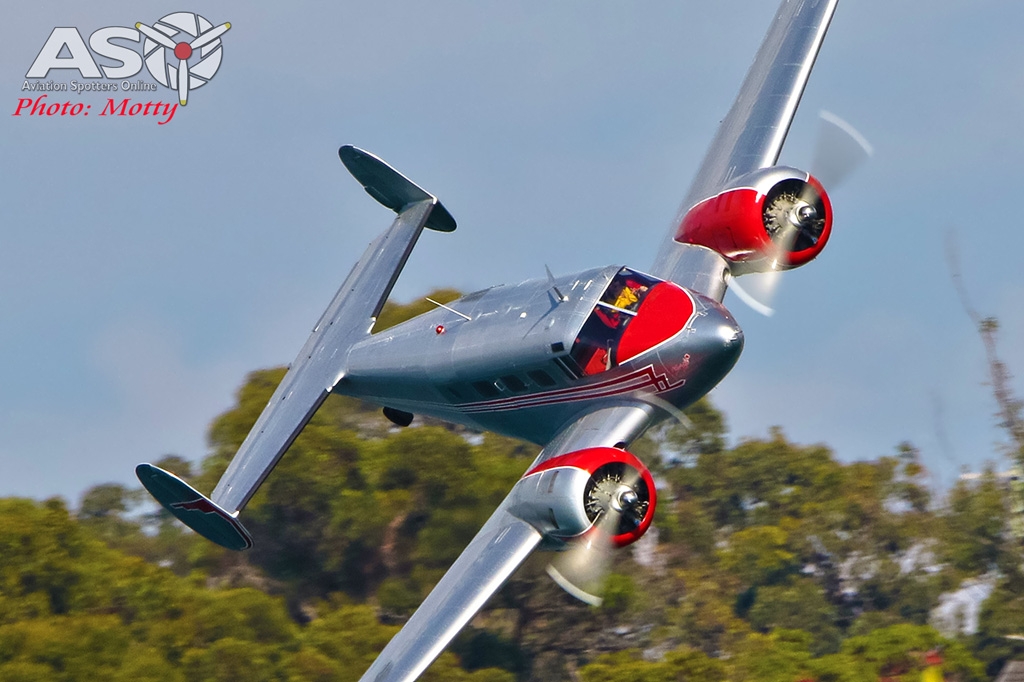
While Tim headed back to Rutherford airport at Maitland to change planes (he was a very busy pilot on this day), there was the opportunity to see a unique, but very appropriate, aspect of aviation as a Grumman G-73AT Mallard from the Paspaley Pearling Company came and went several times throughout the day. Normally based in Darwin in the Northern Territory, the Mallard was offering paying passengers the unique opportunity to experience of amphibious aviation in flights from the beaching ramp and the waters surrounding the former RAAF Flying Boat base. You can read a lot more about this beautiful machine and the Paspaley Pearling company’s operations in this great article by ASO’s Sid Mitchell HERE.
About an hour later, Tim returned, this time in Paul Bennet Airshows’ T-28 Trojan. A powerful, prop-driven machine, the Trojan was originally designed as a training aircraft to give young pilots the experience of performance and handling similar to early jets. Tim showed off this performance in a great routine of loops, rolls and low passes, all of which were accompanied by that wonderful sound that the Trojan has too.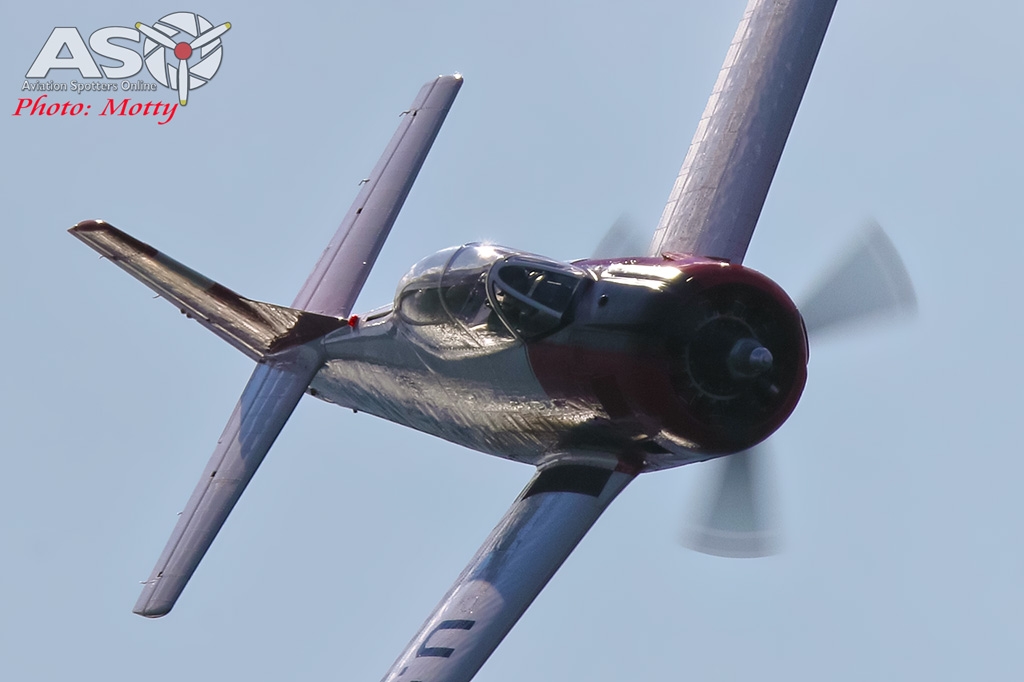
Shortly after Tim’s second departure of the day (to change planes back at Rutherford once again), the next attraction appeared in the distance as two C-47/DC3 Dakotas made their way (slowly) towards Rathmines. Flown by Don Hindle and Dick Elliott and operated by the Historical Aircraft Restoration Society (HARS) at Albion Park just south of Wollongong, these two aviation classics made several passes in formation as they circled the base and the lake. Both aircraft retain the colours and markings from their original service too. VH-EAF is formerly A65-94, a C-47 which served with the Royal Australian Air Force (RAAF) for over 50 years and VH-AES is a DC-3 (originally built as a C-47) is in the lovely, polished metal finish that it wore during its time with Trans Australia Airlines (TAA).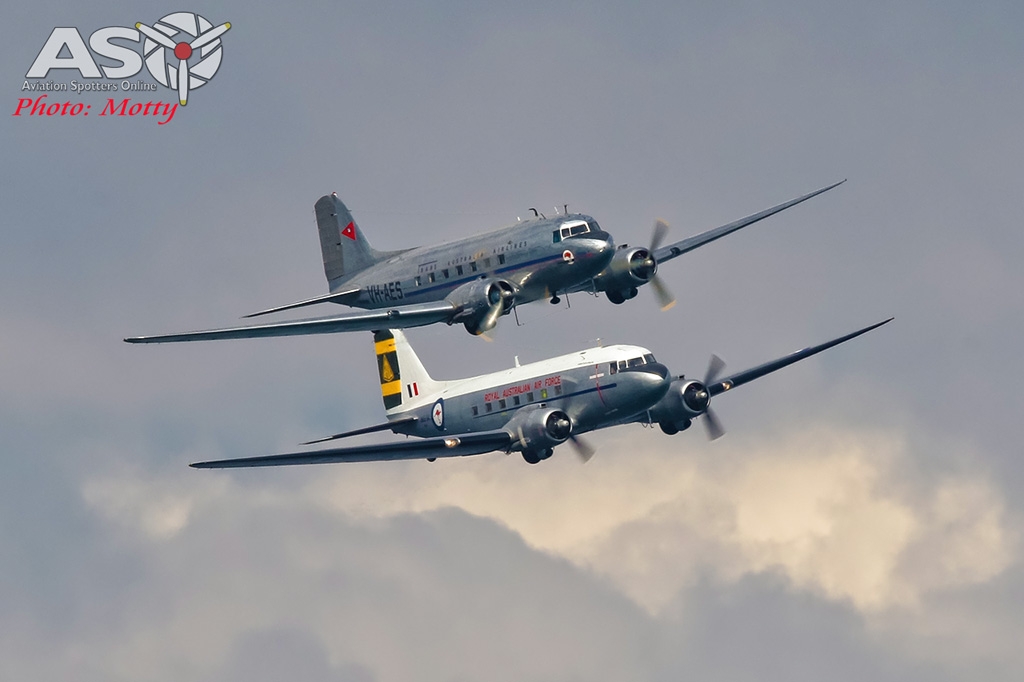
As the Daks headed into the distance for a leisurely fight down the coast back to Wollongong, Glenn Collins arrived in Paul Bennet Airshows’ historic CAC Wirraway (not even Tim can swap planes that fast). Entering service at the beginning of WWII, the locally-built Wirraway saw extensive use by the RAAF in various roles, including combat in New Guinea, and as a trainer post-war. This machine wears the markings of an aircraft flown by 4 Squadron RAAF in New Guinea during the war. (You can find out more about this machine HERE.)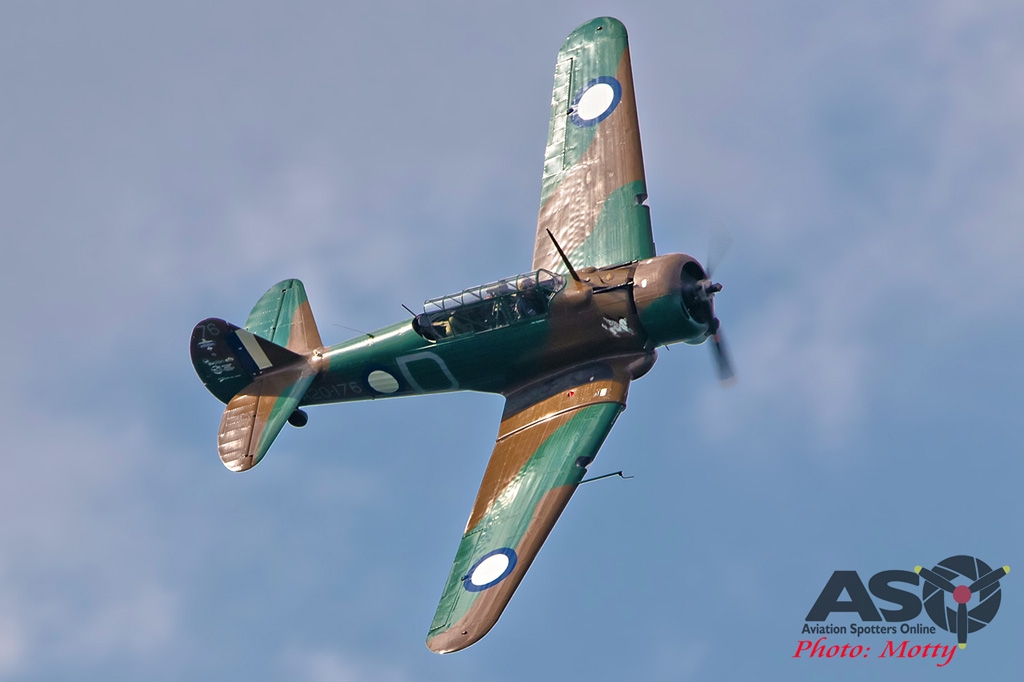
As the sound of the Wirraway’s radial engine faded into the distance as Glenn headed back to Rutherford, a much deeper, throatier rumble could be heard approaching as Tim returned, one last time, in Paul Bennet’s huge Grumman Avenger. A carrier-based torpedo bomber built in WWII, the Avenger has the distinction of being the largest, single-engined aircraft of the war. Its size can be deceptive though as Tim displayed the bomber’s surprising maneuverability, hauling it around the sky and showing off this impressive machine.
As Tim headed back one last time (for a well-earned rest I would imagine), the Paspaley Pearls Mallard provided a continuing aviation “fix” as it went about its sightseeing flights for the rest of the afternoon.
And so came the end of another great day of flying in a beautiful setting that is the Rathmines Catalina Festival. A big congratulations and thanks to all the organisers, volunteers, pilots and supporters who helped make it such a great day.
Motty.




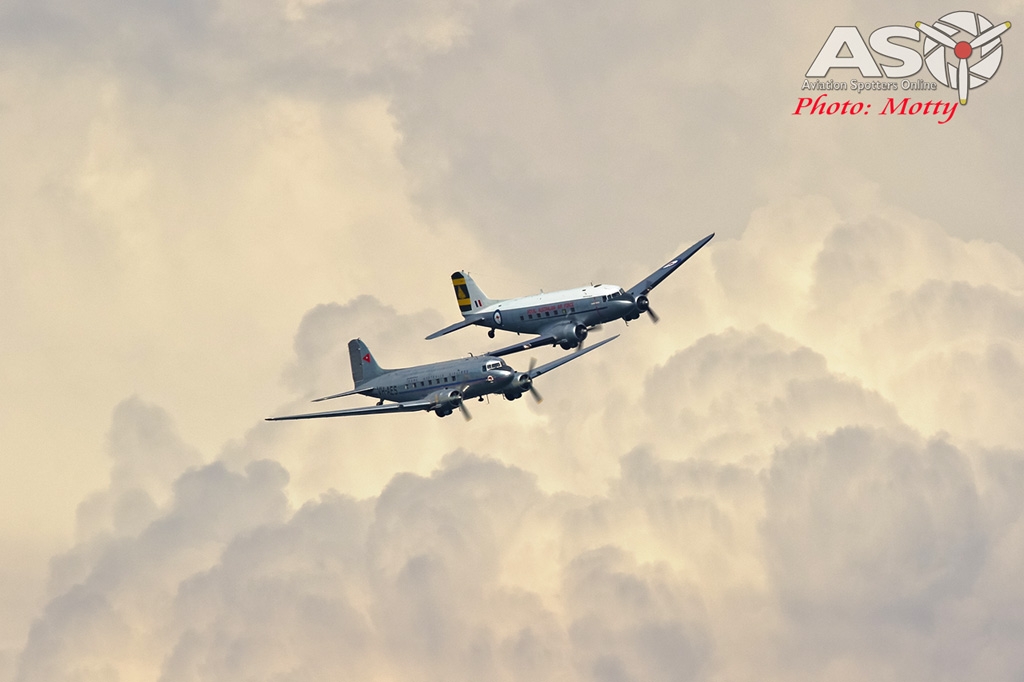
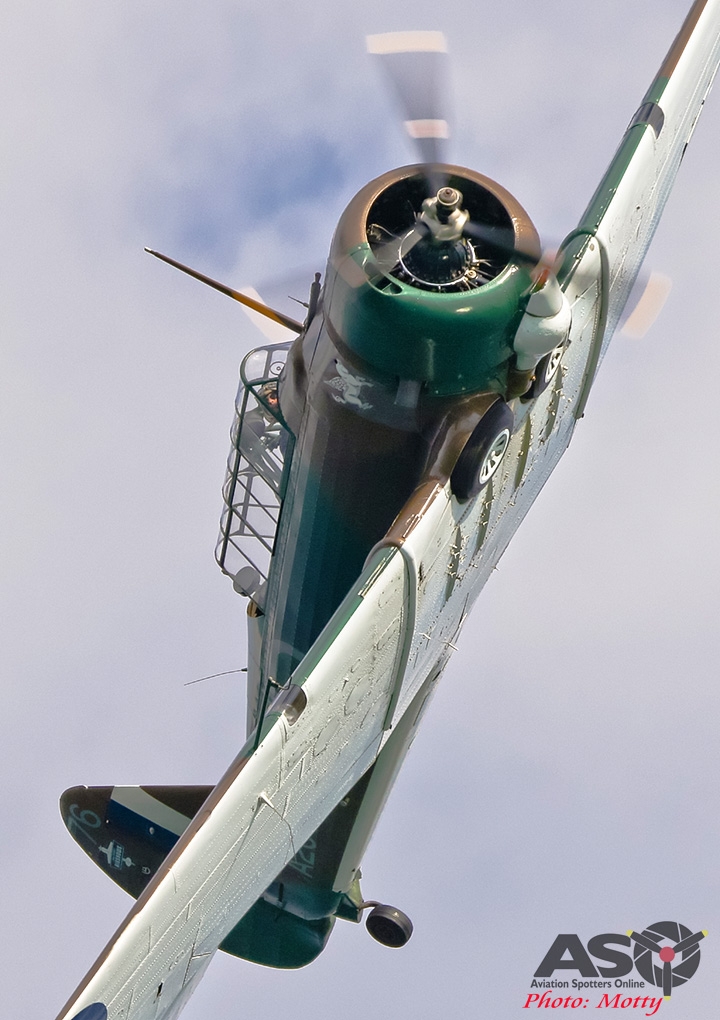
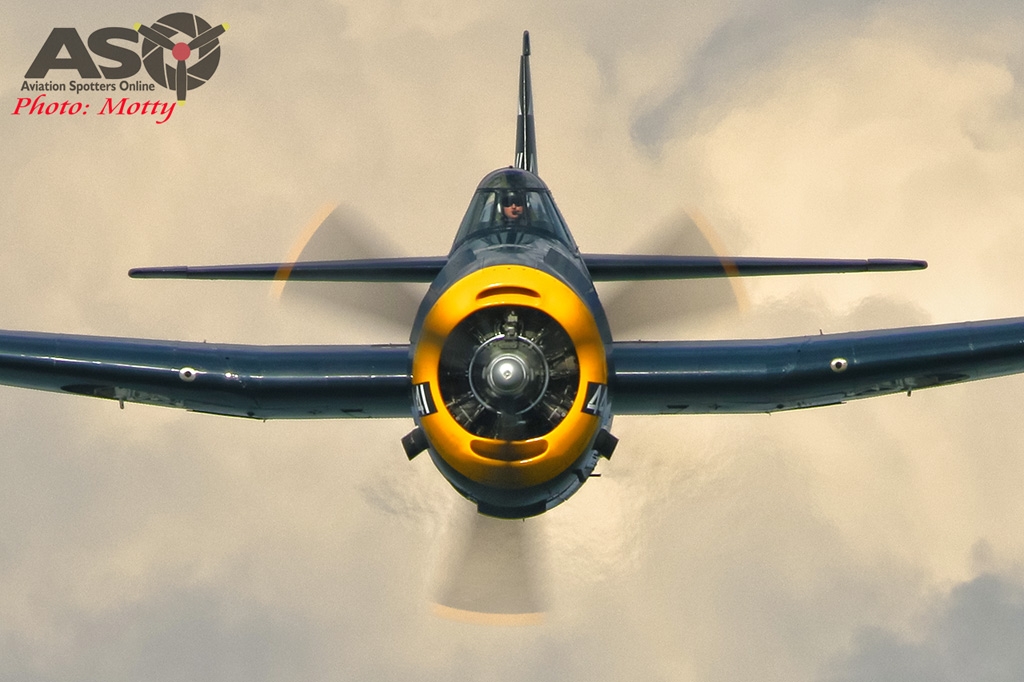
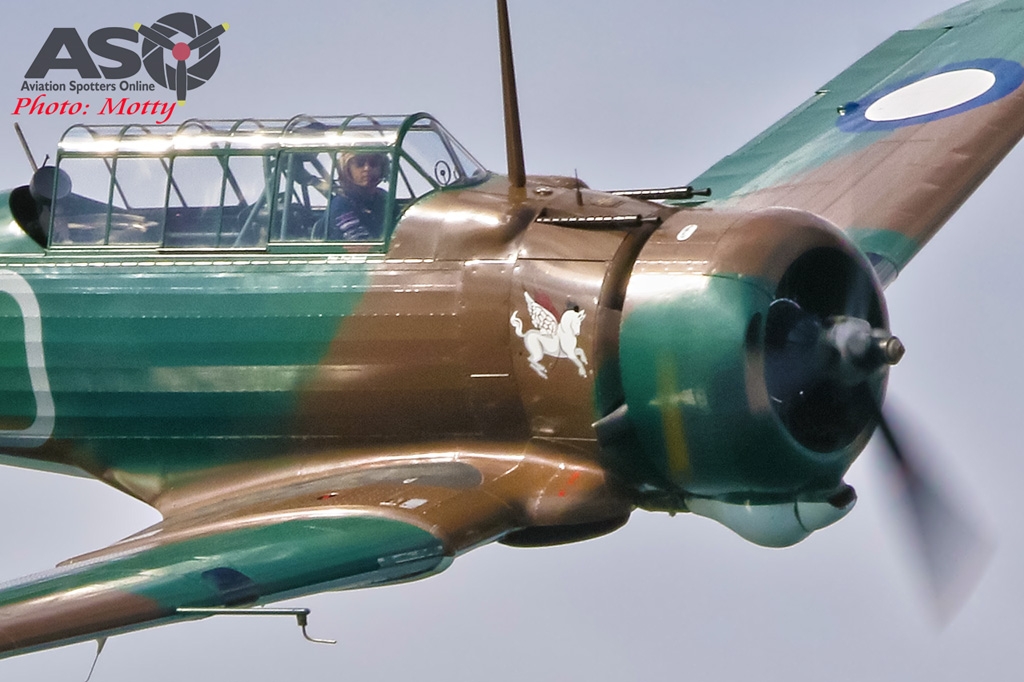
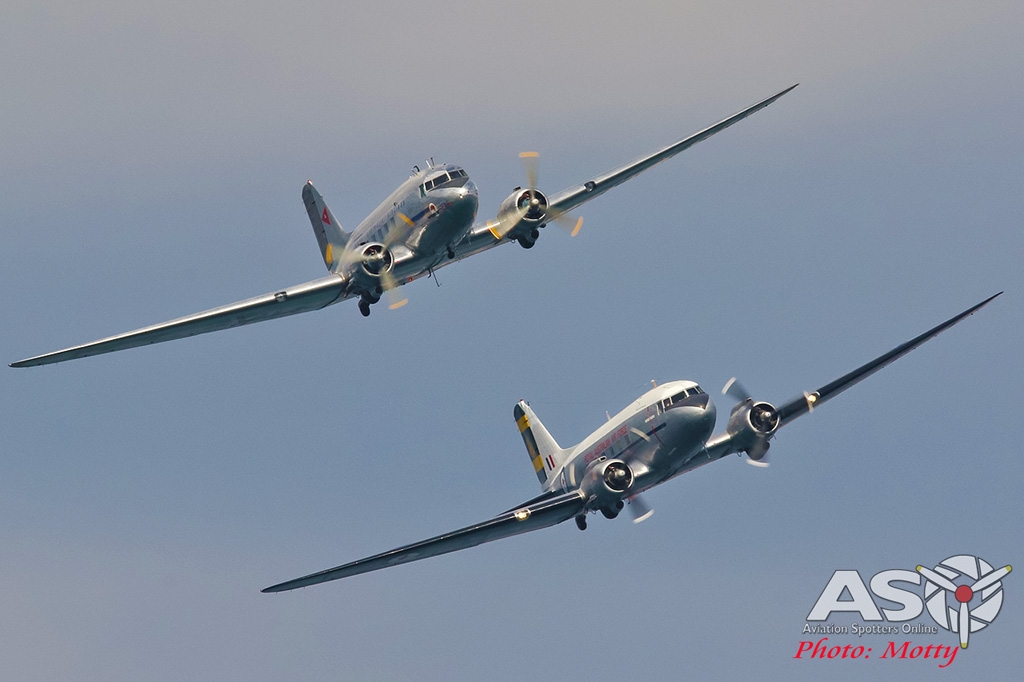
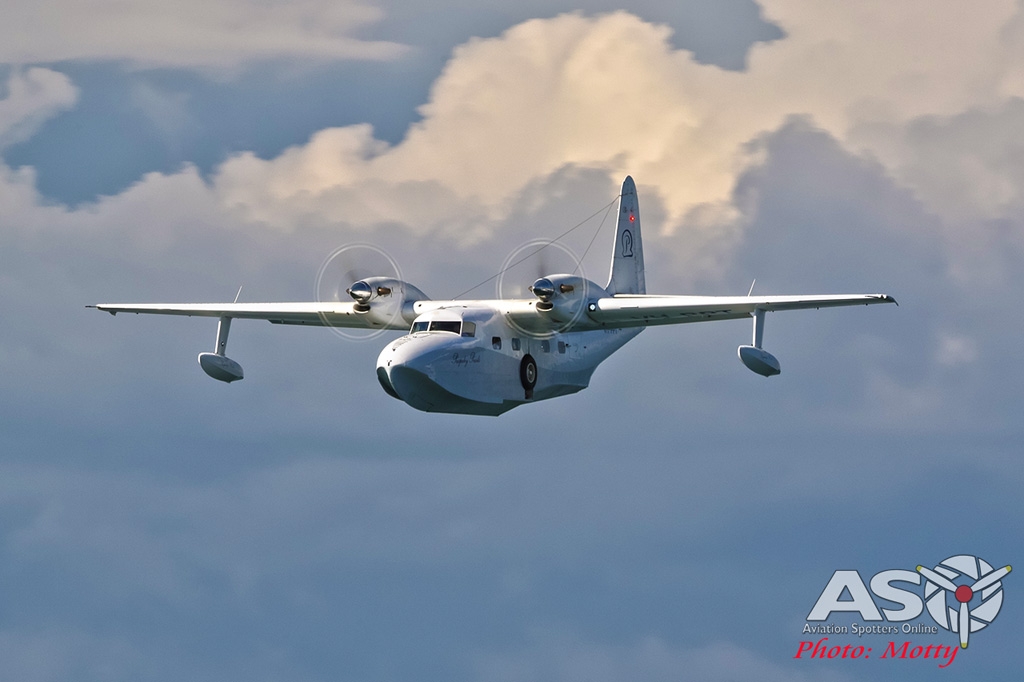
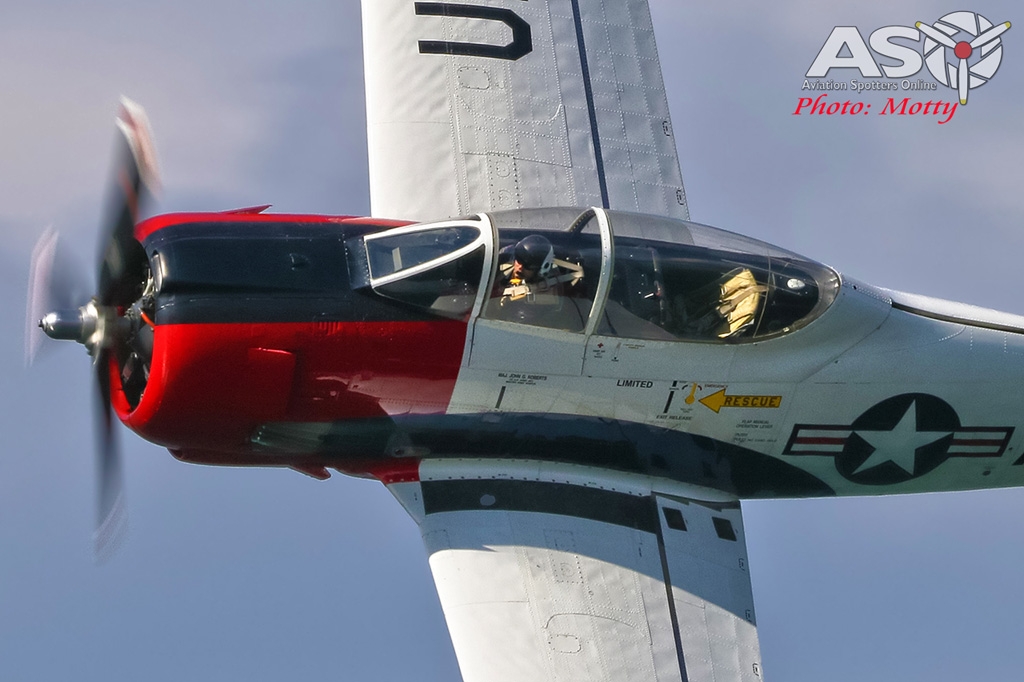


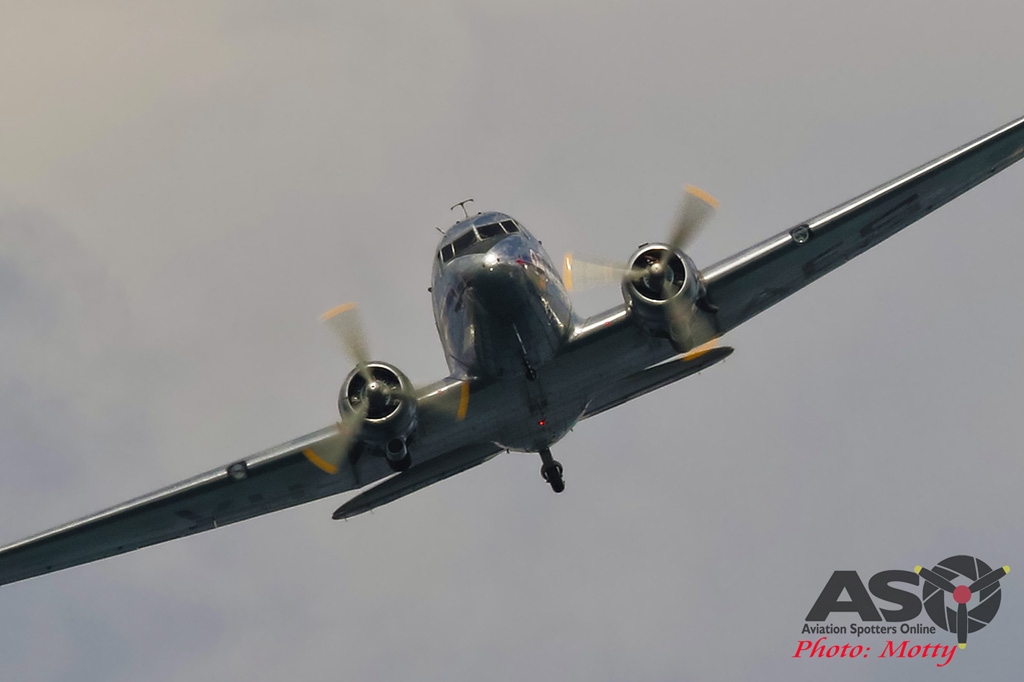
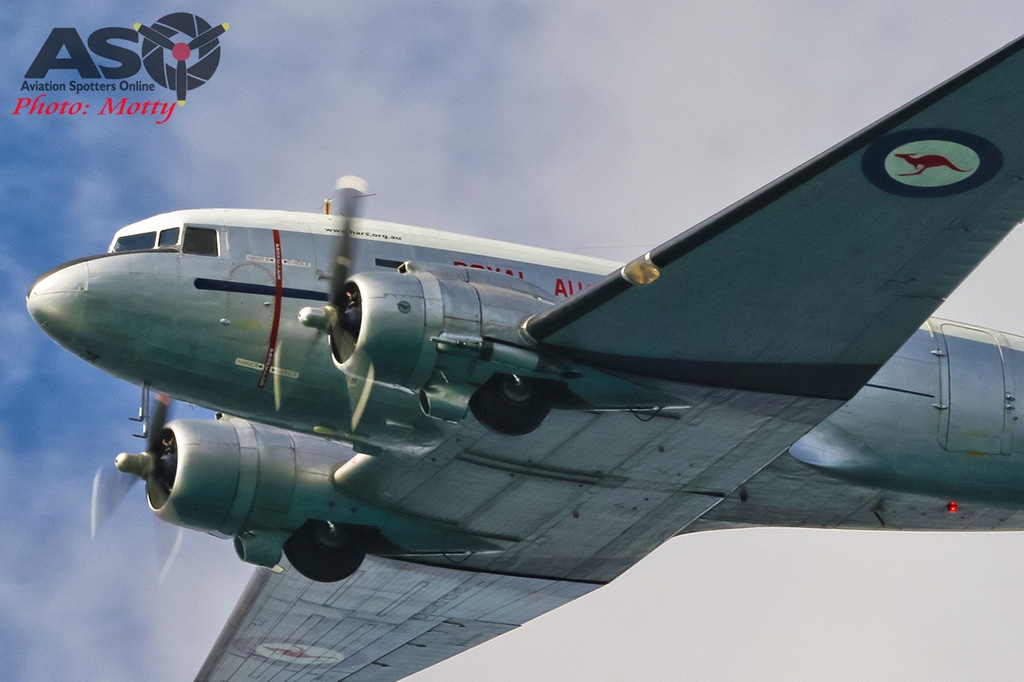




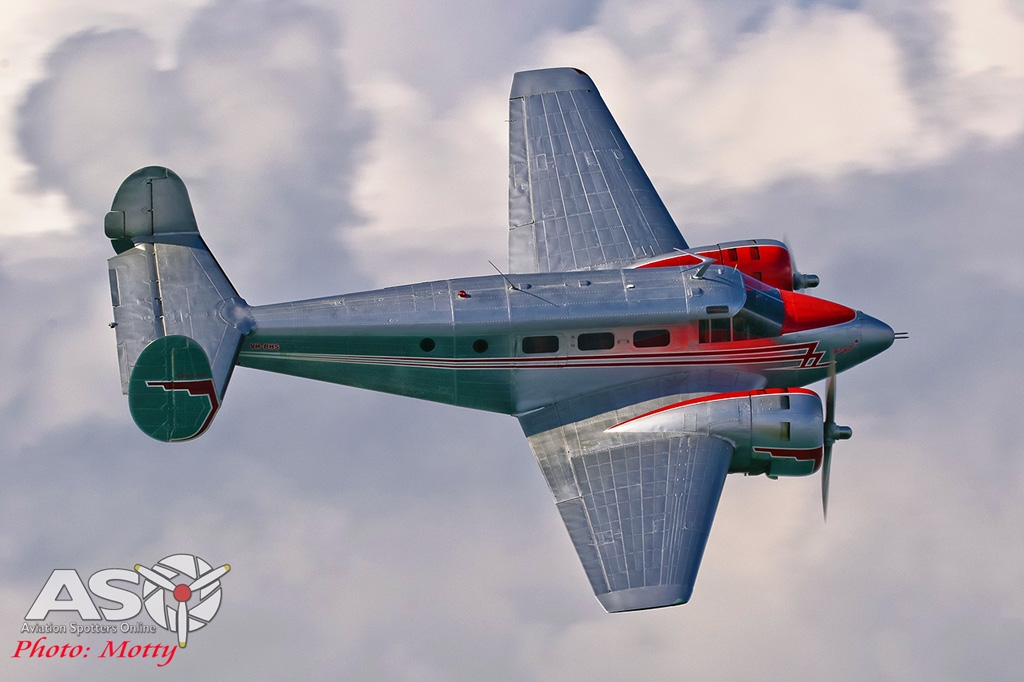

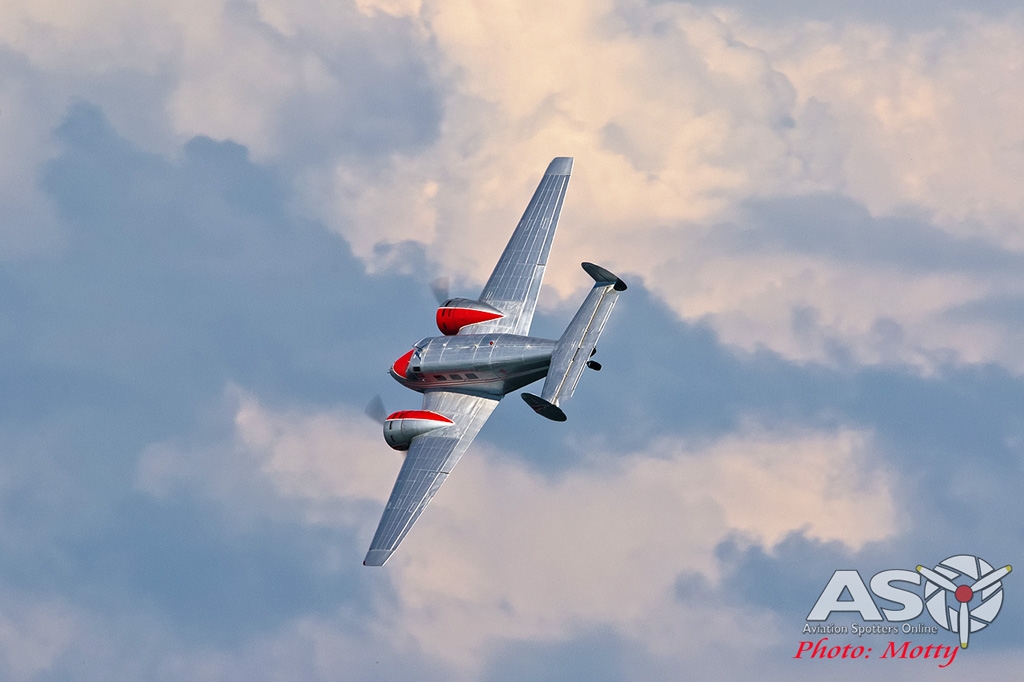




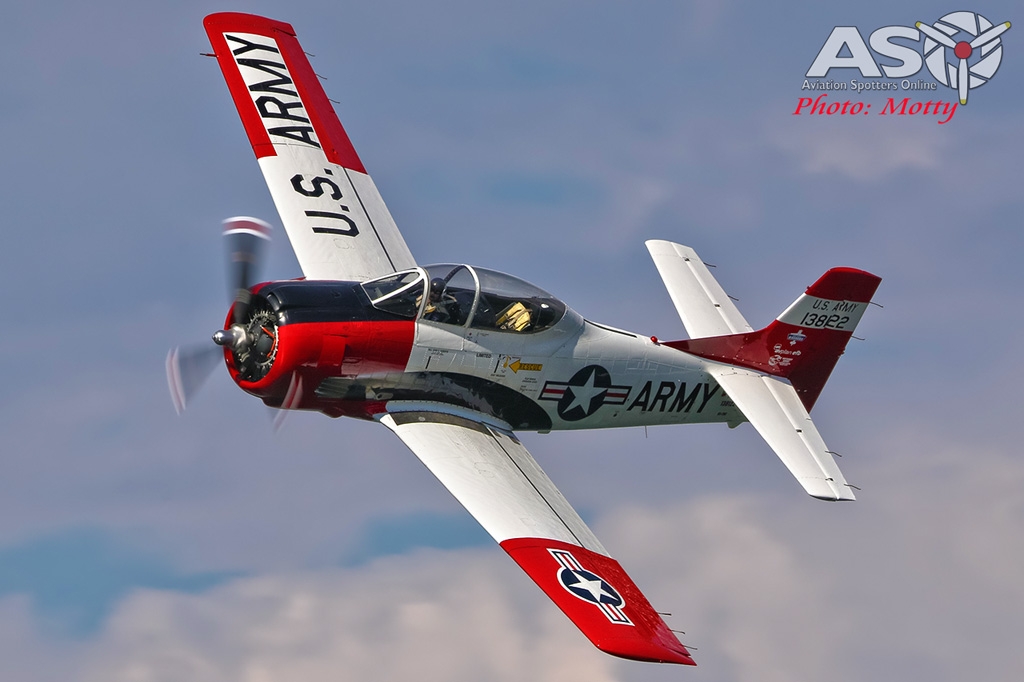
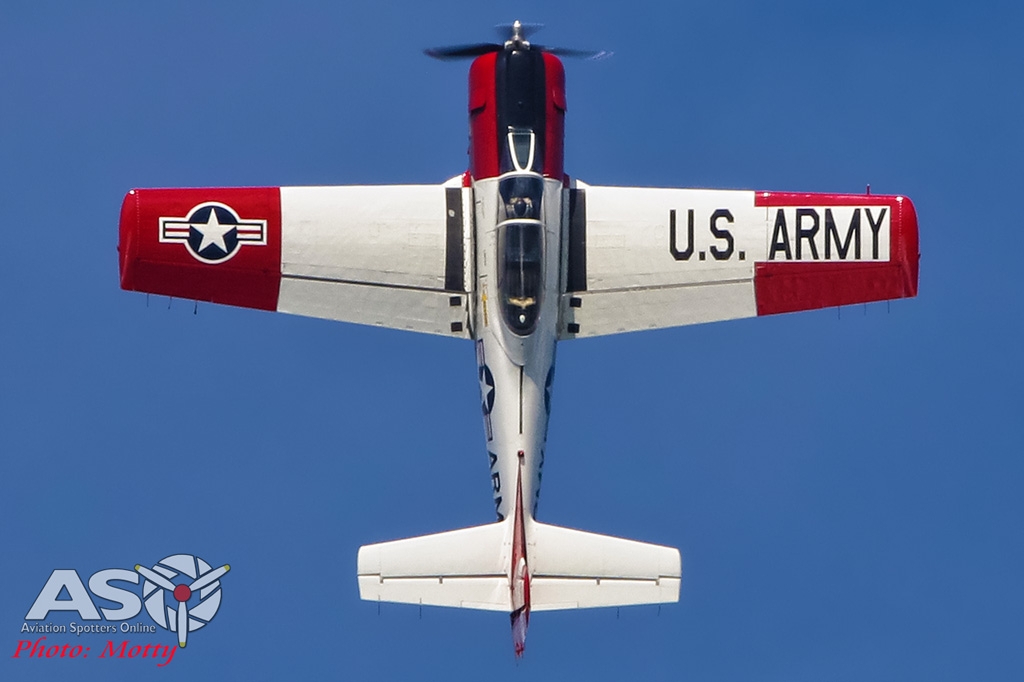
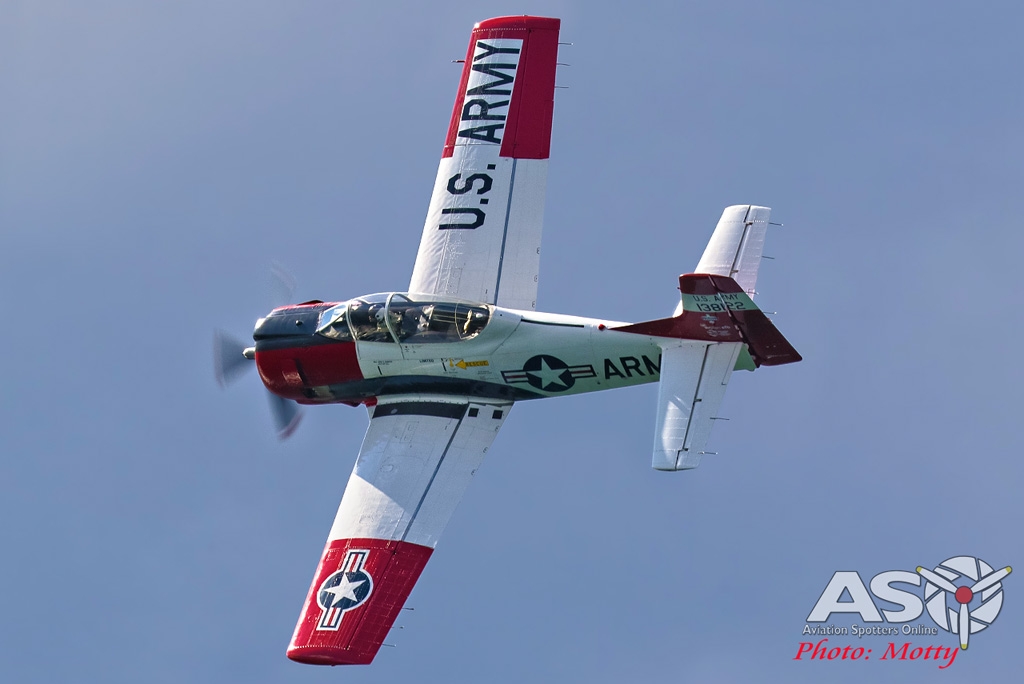
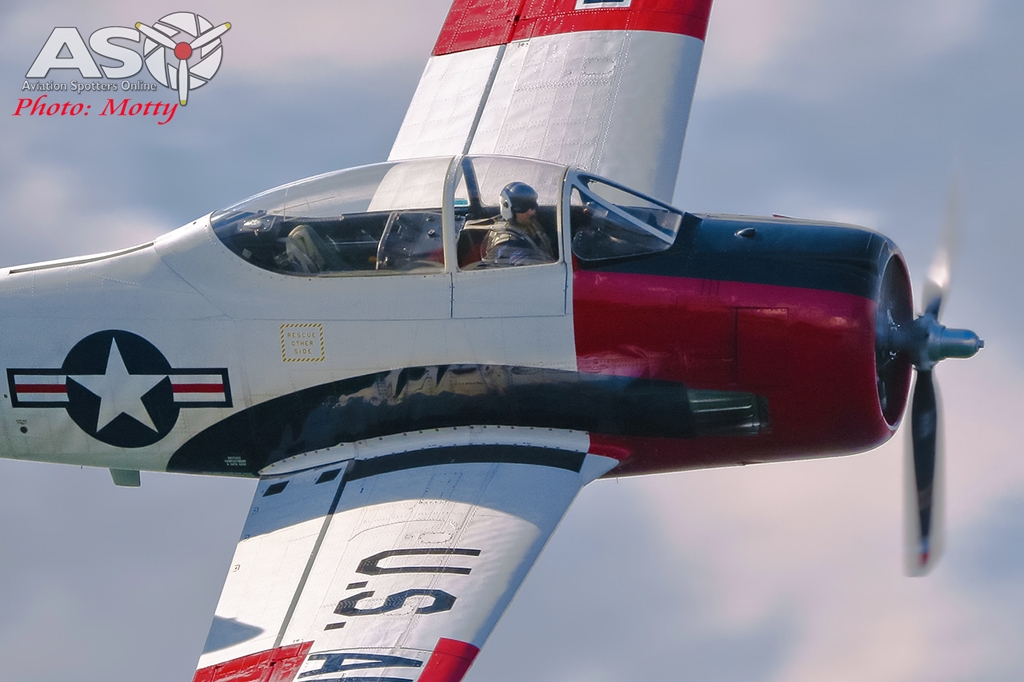


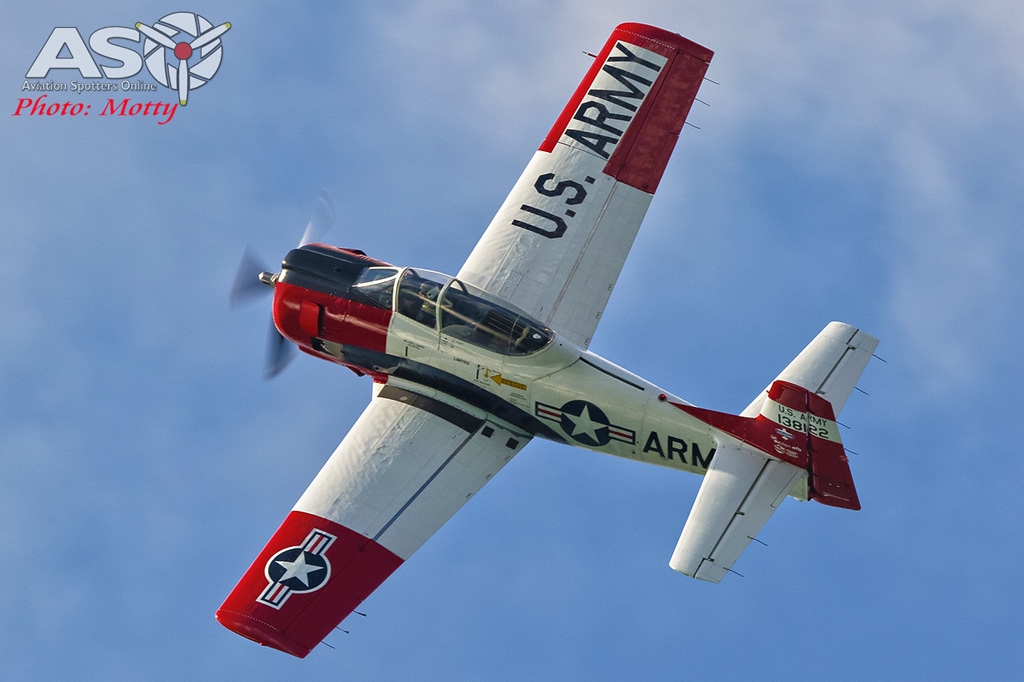

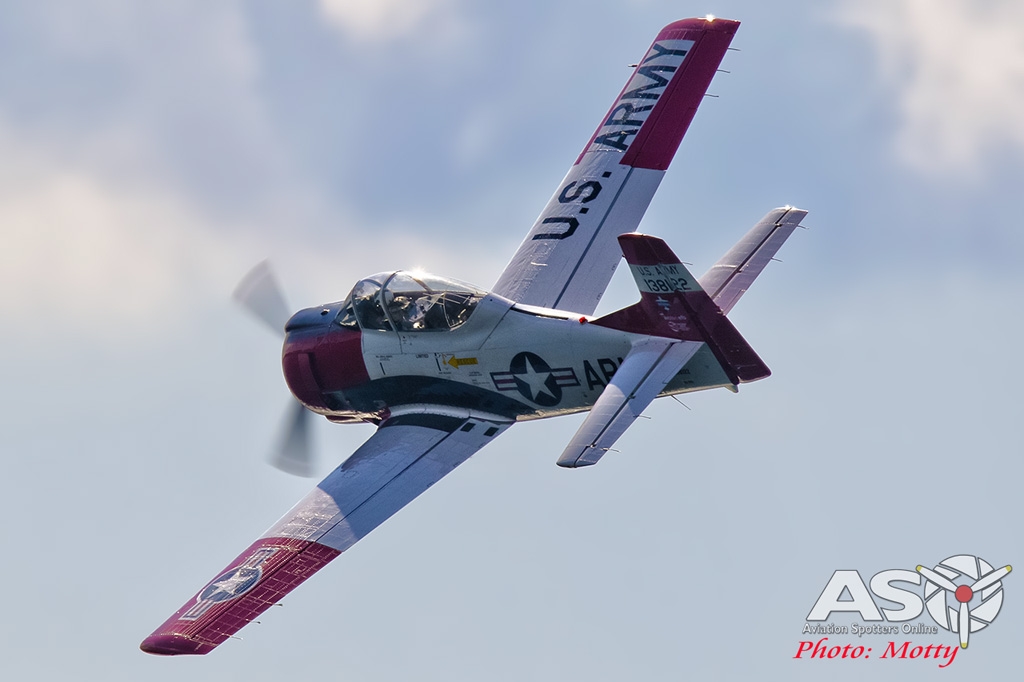
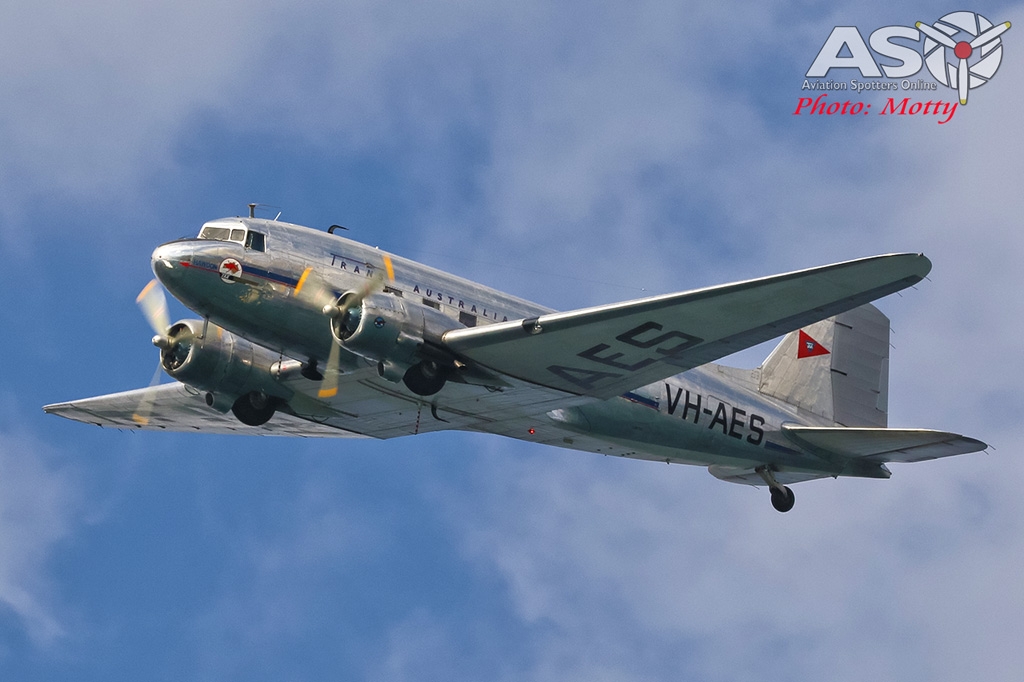
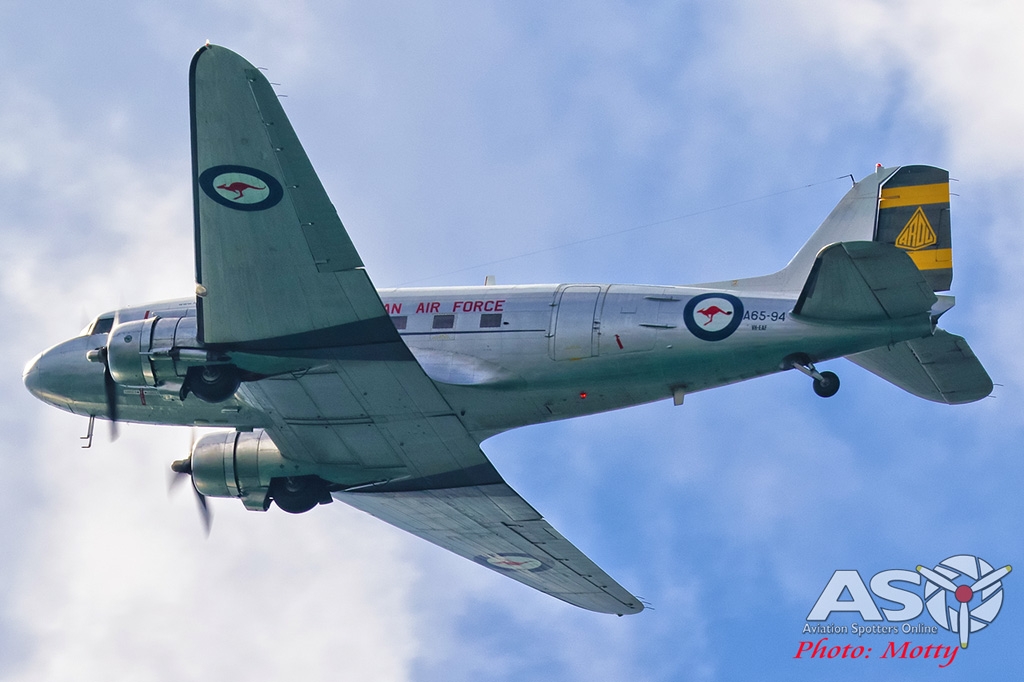
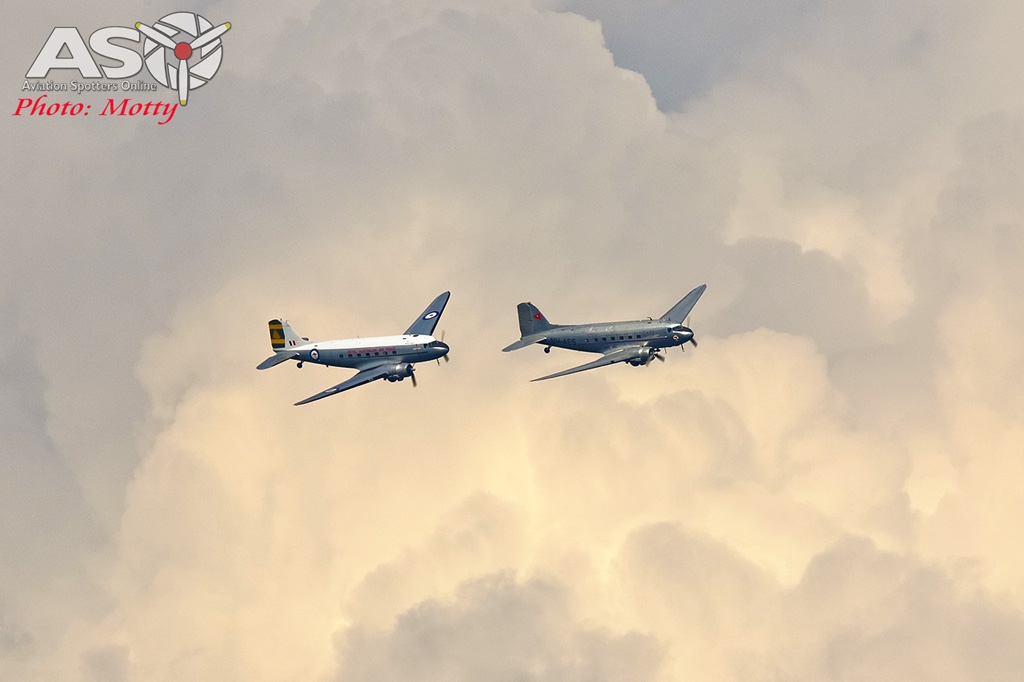
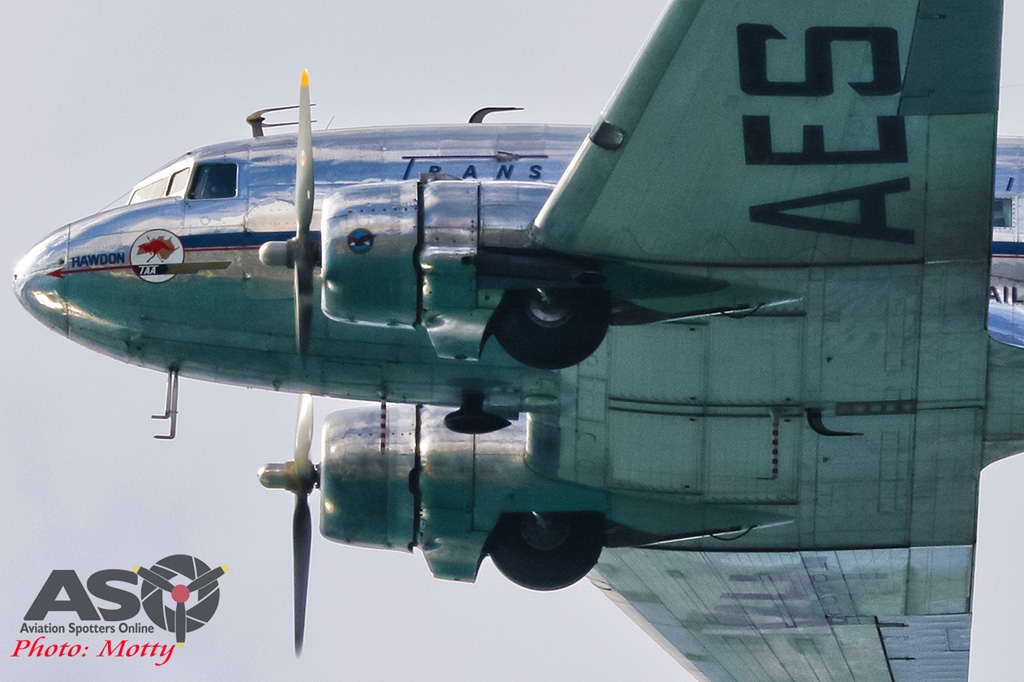
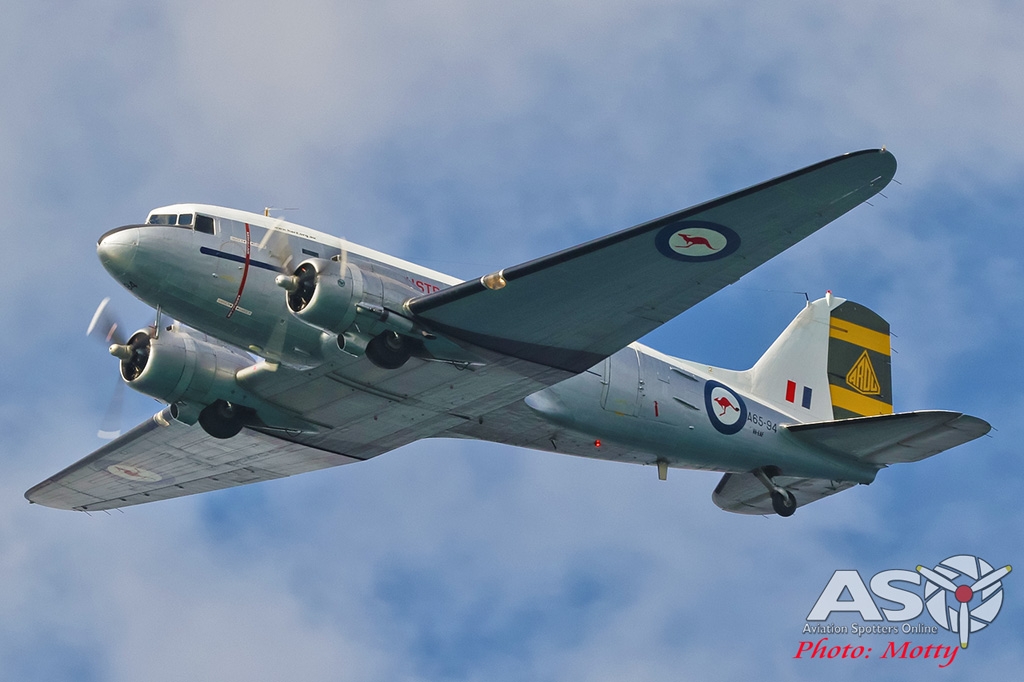




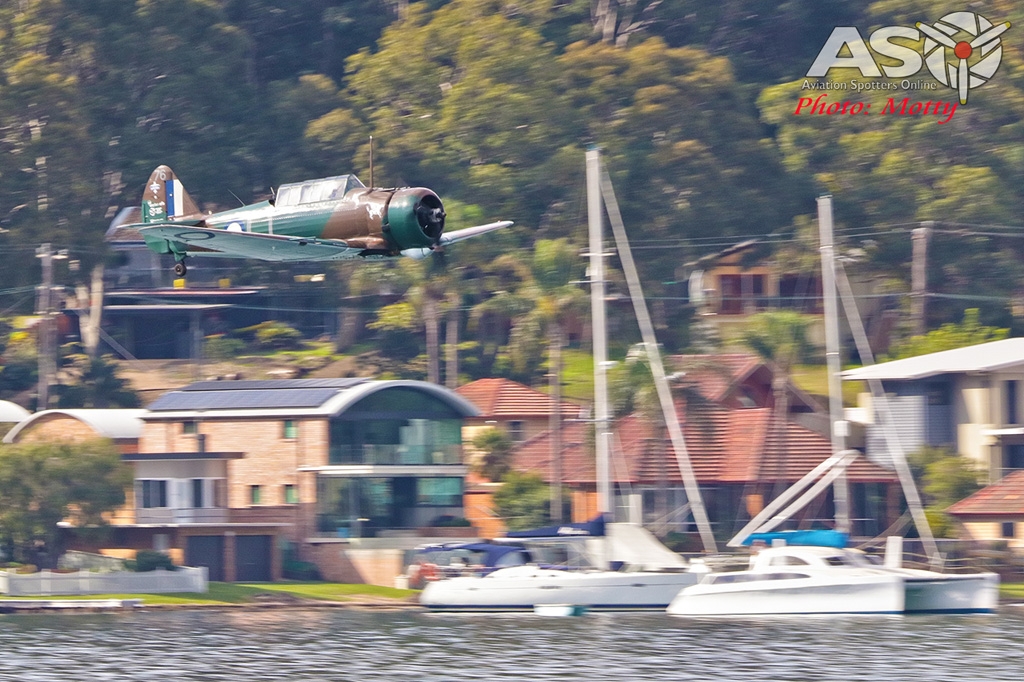
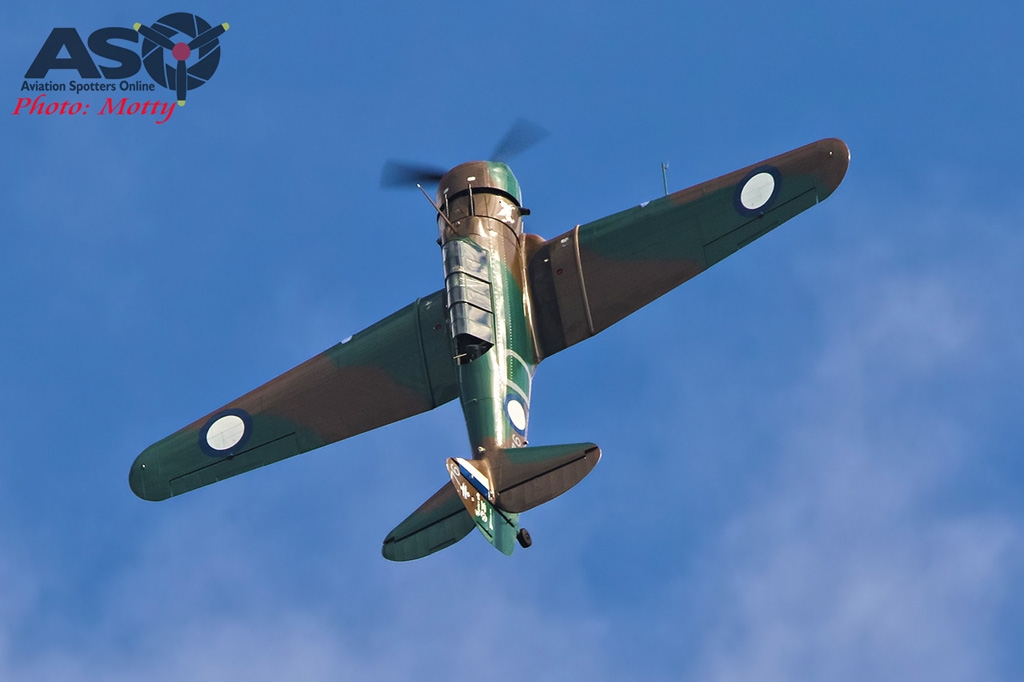

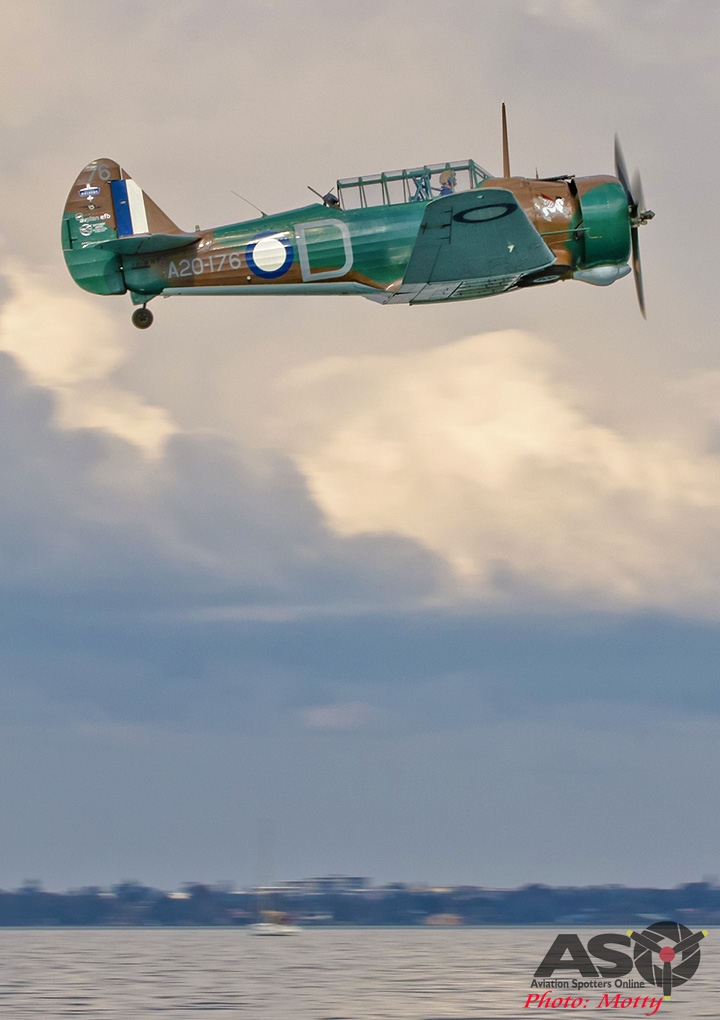

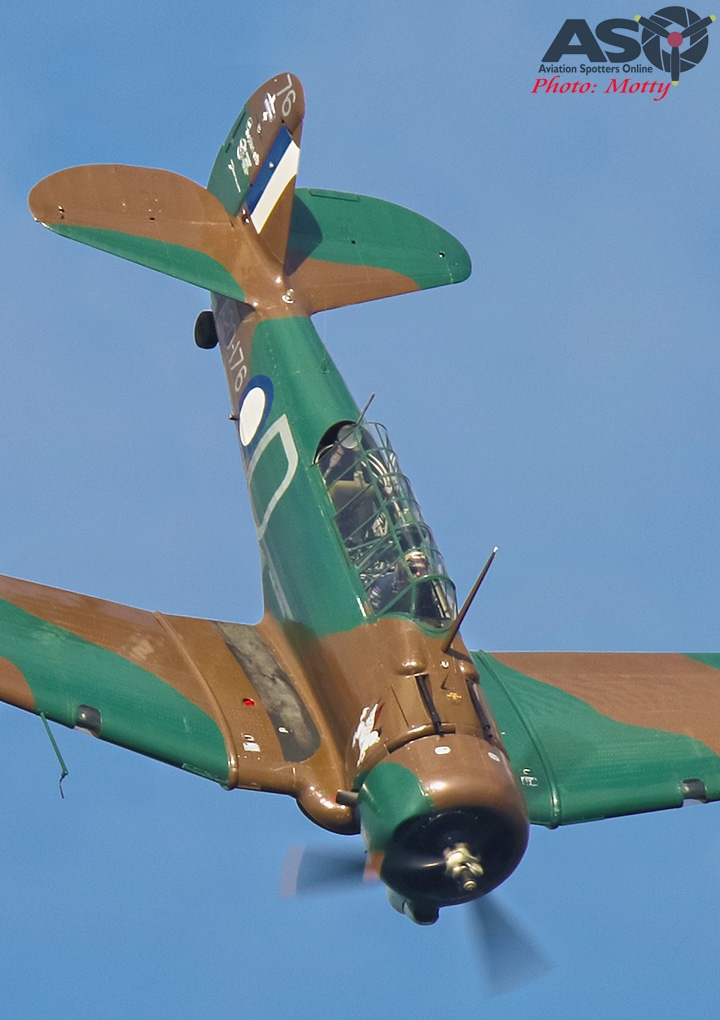

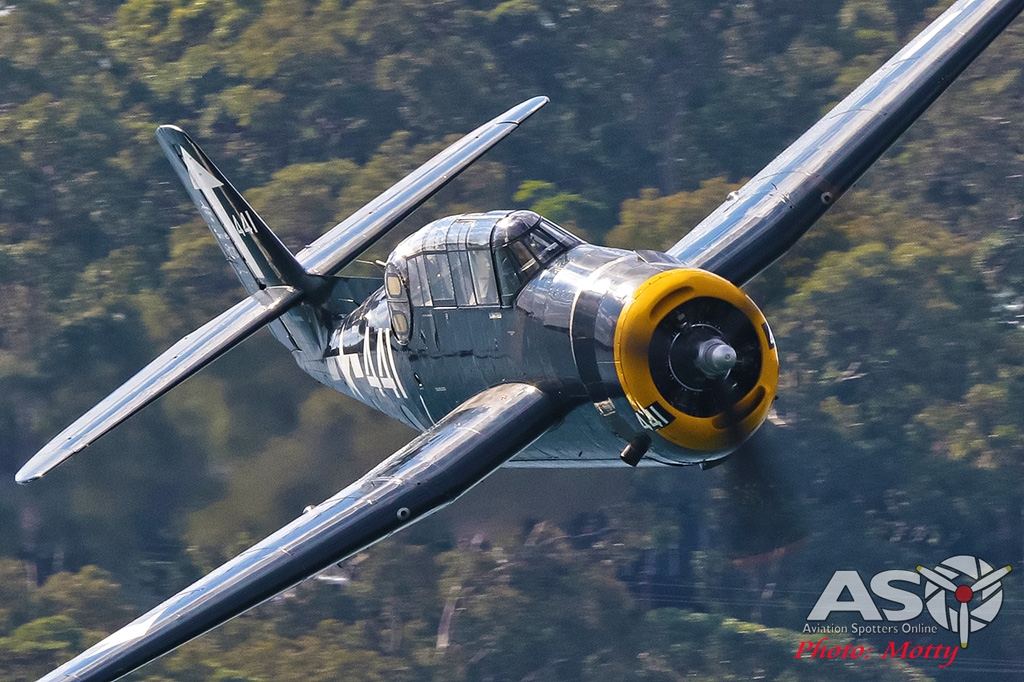
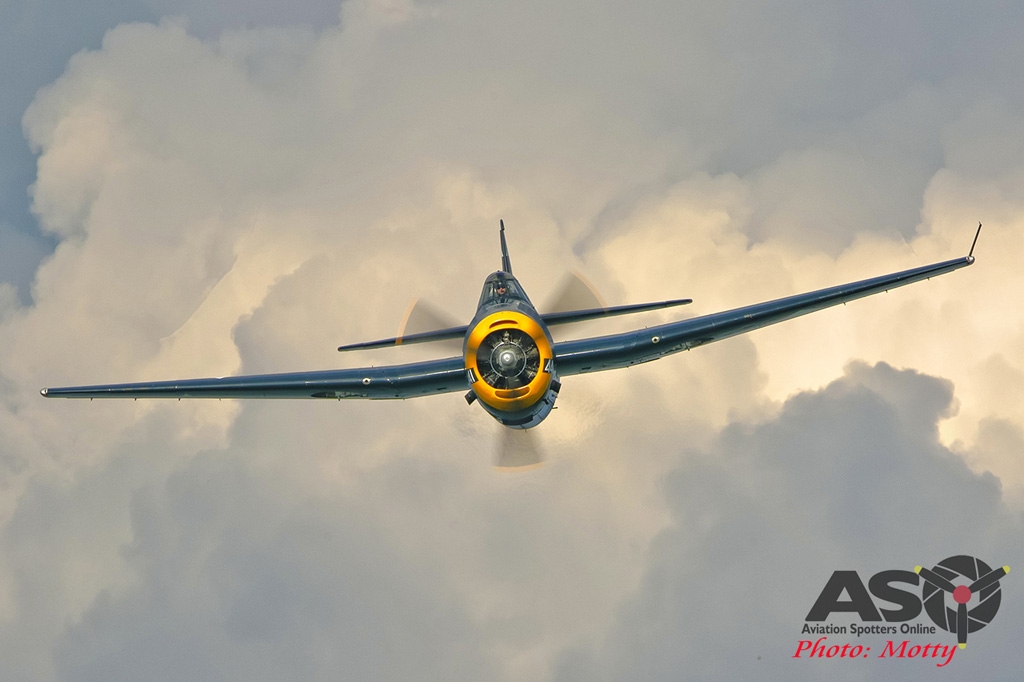
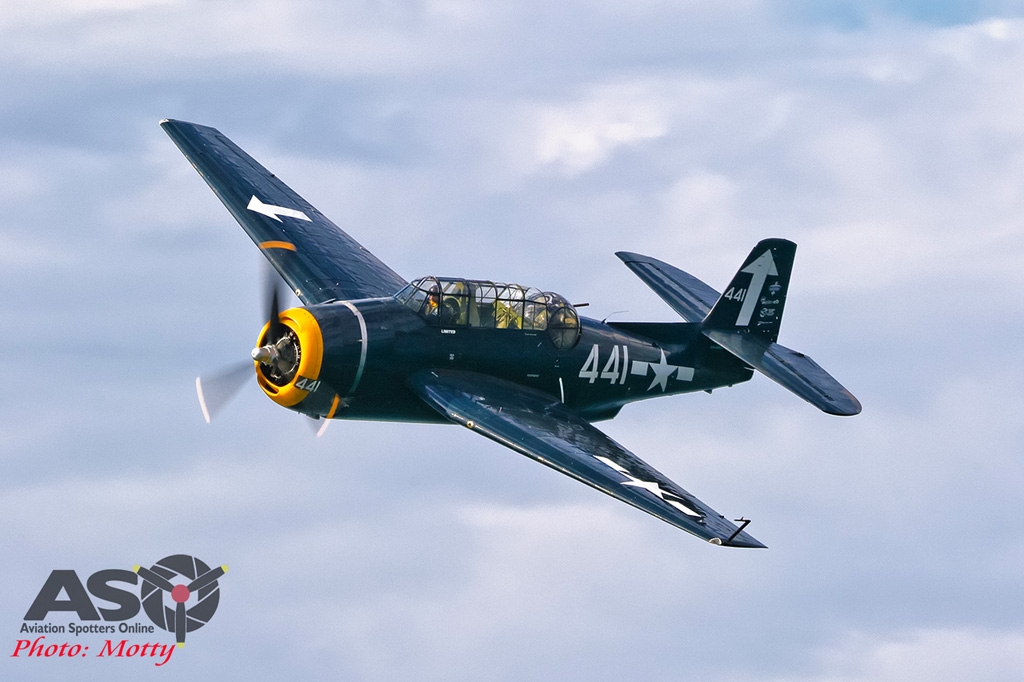
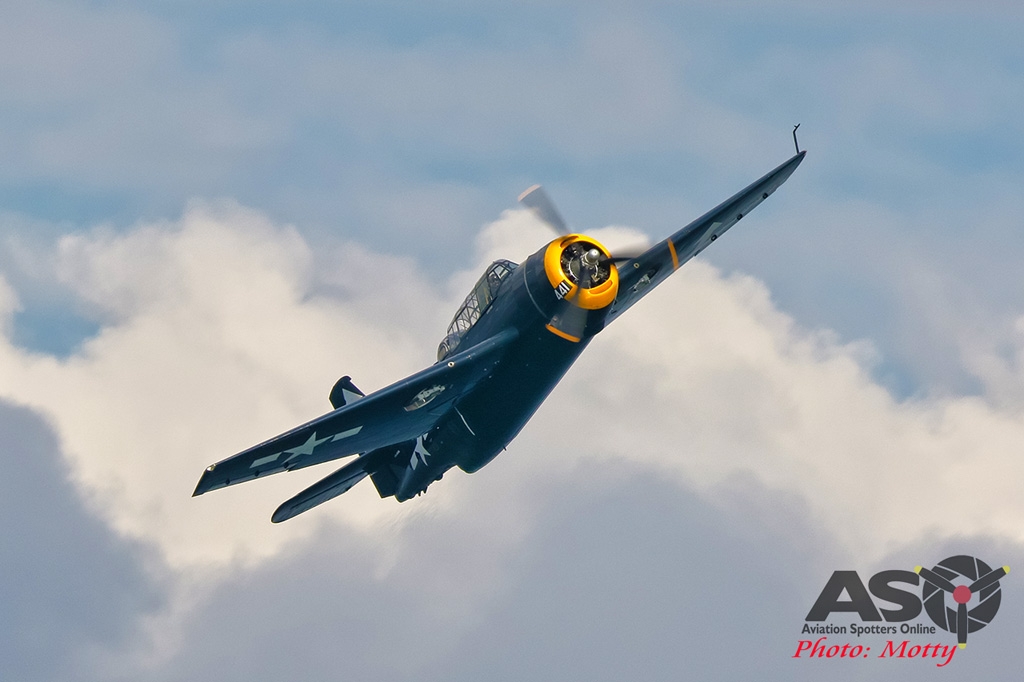

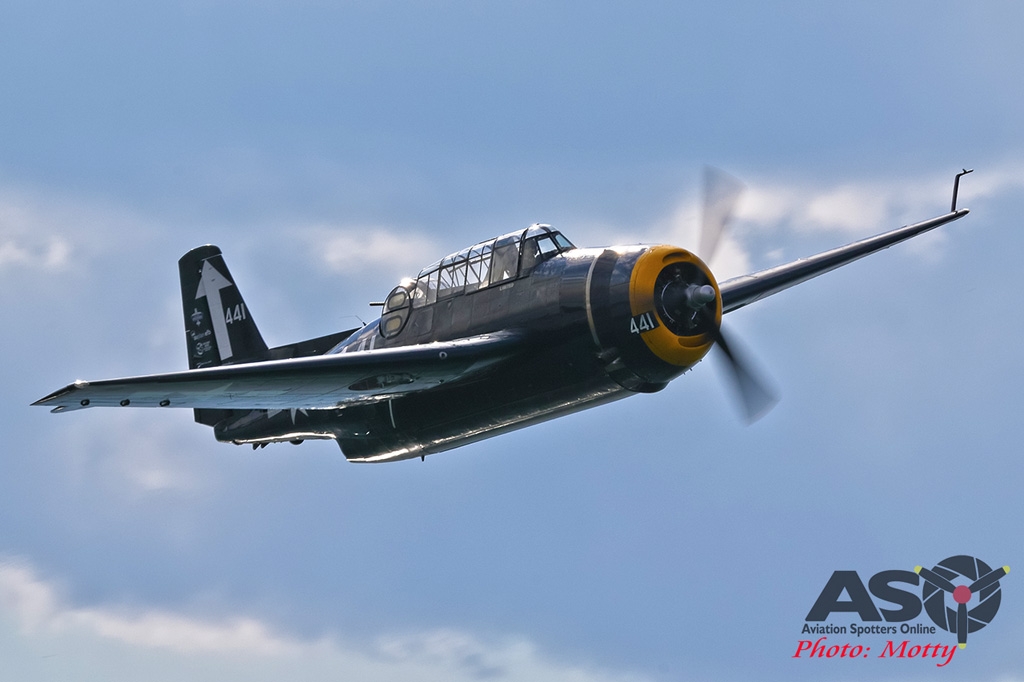

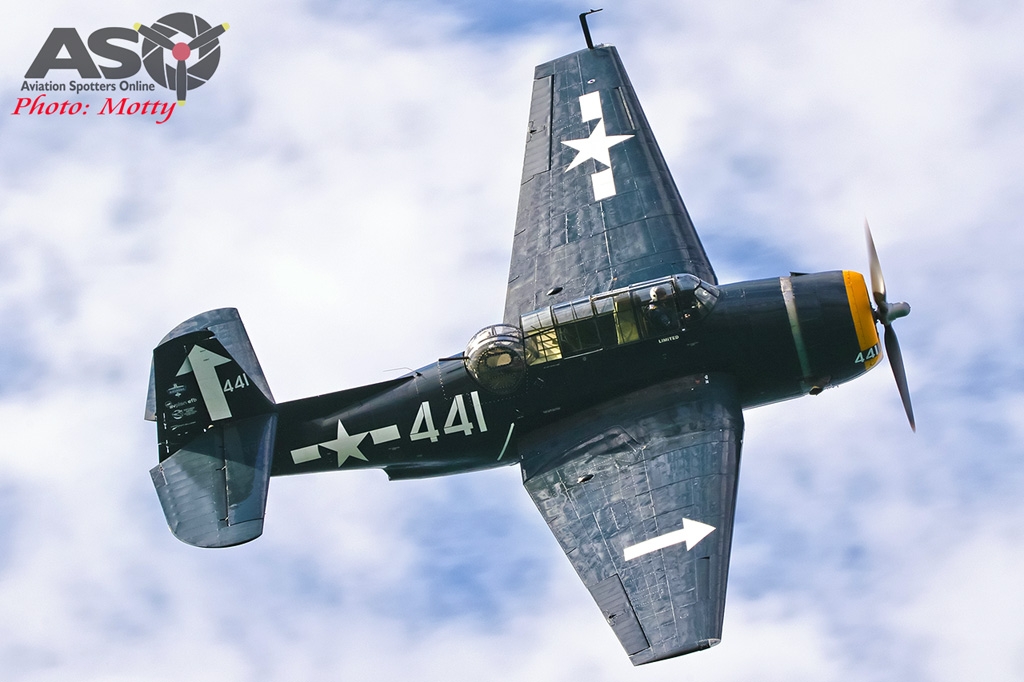
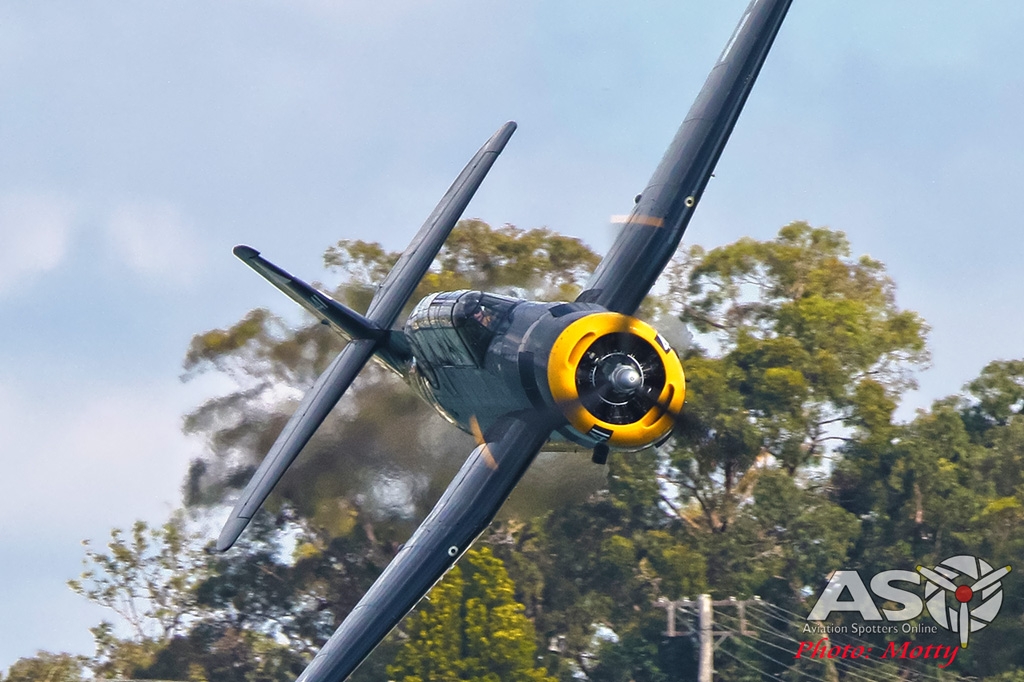
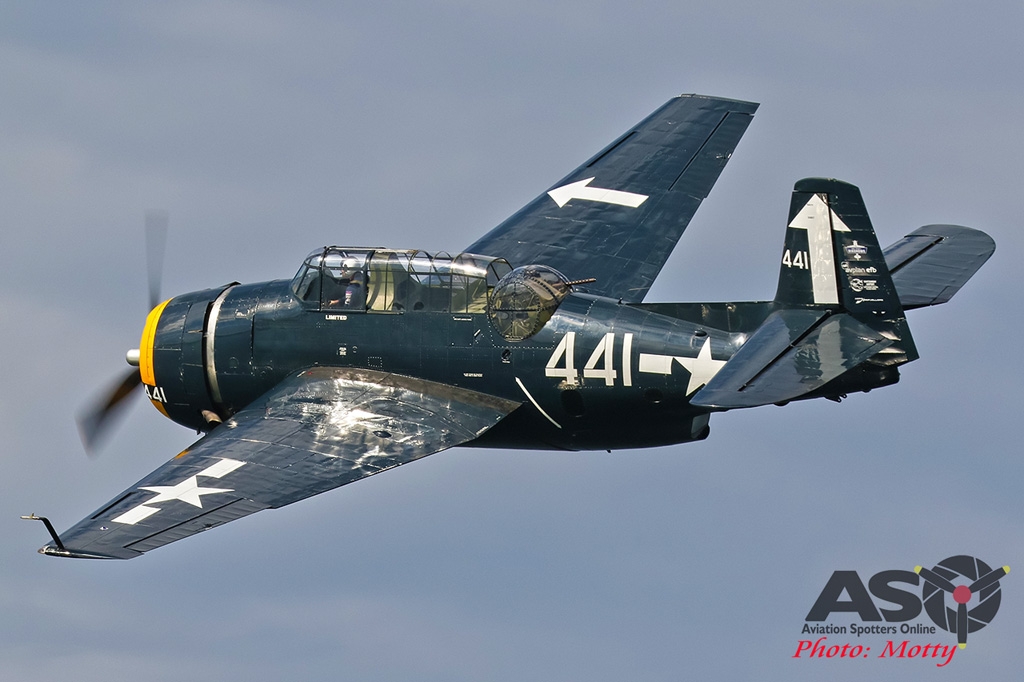
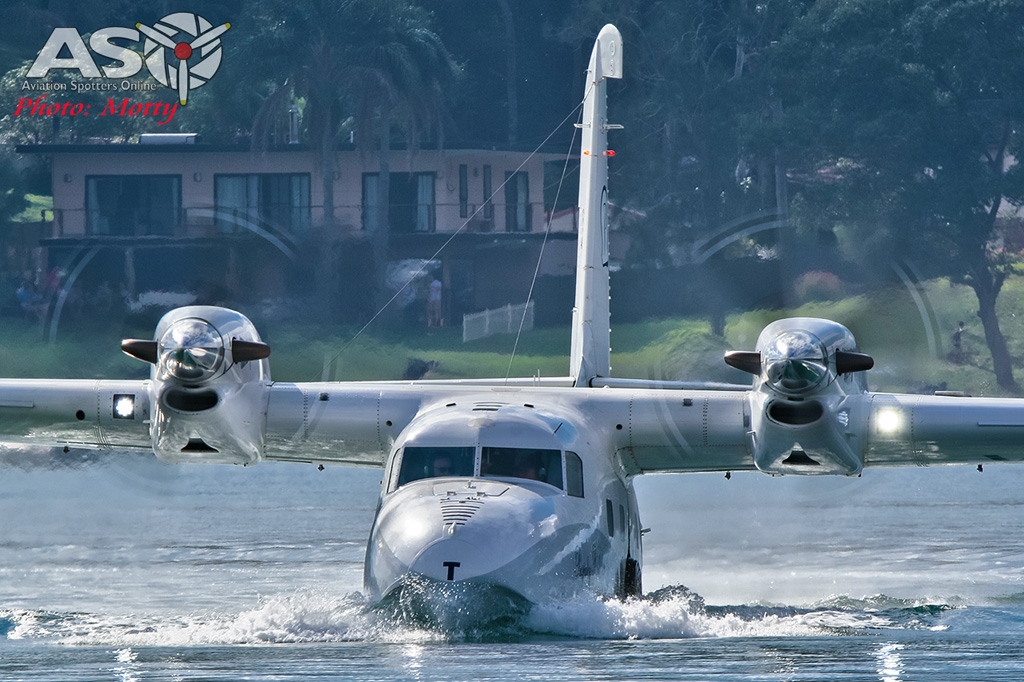
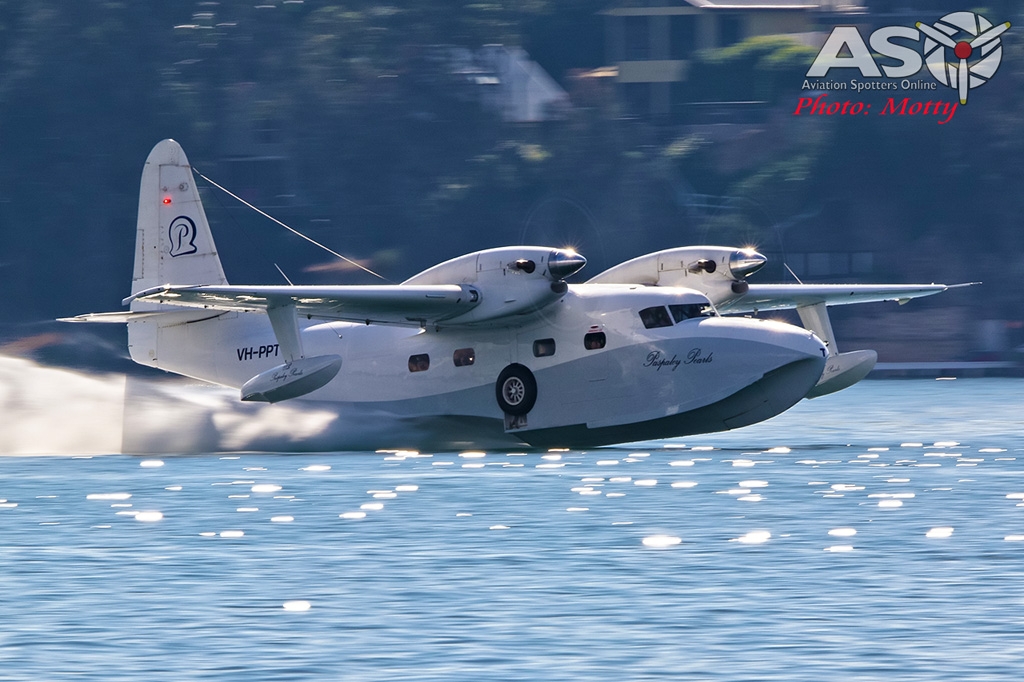

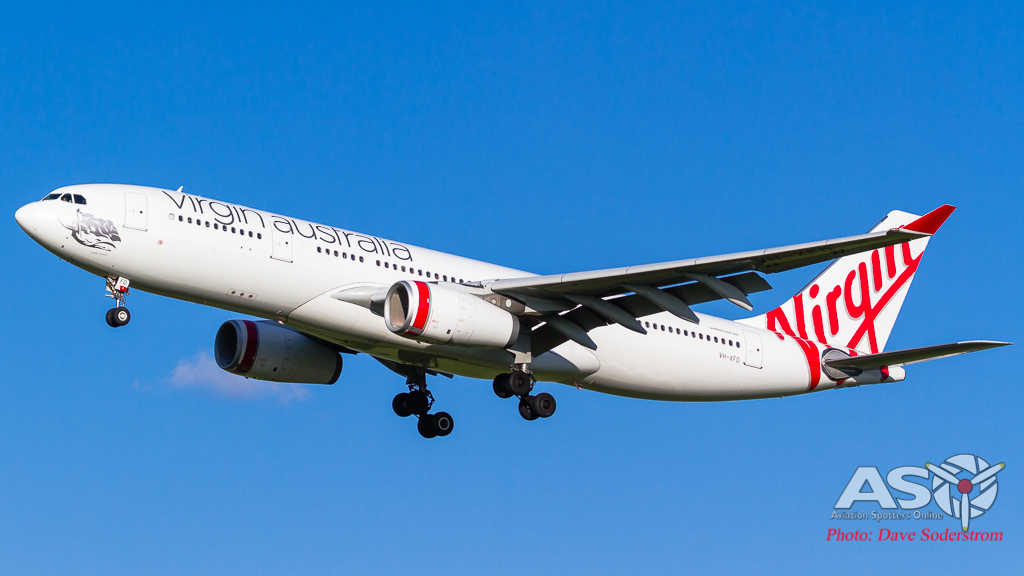
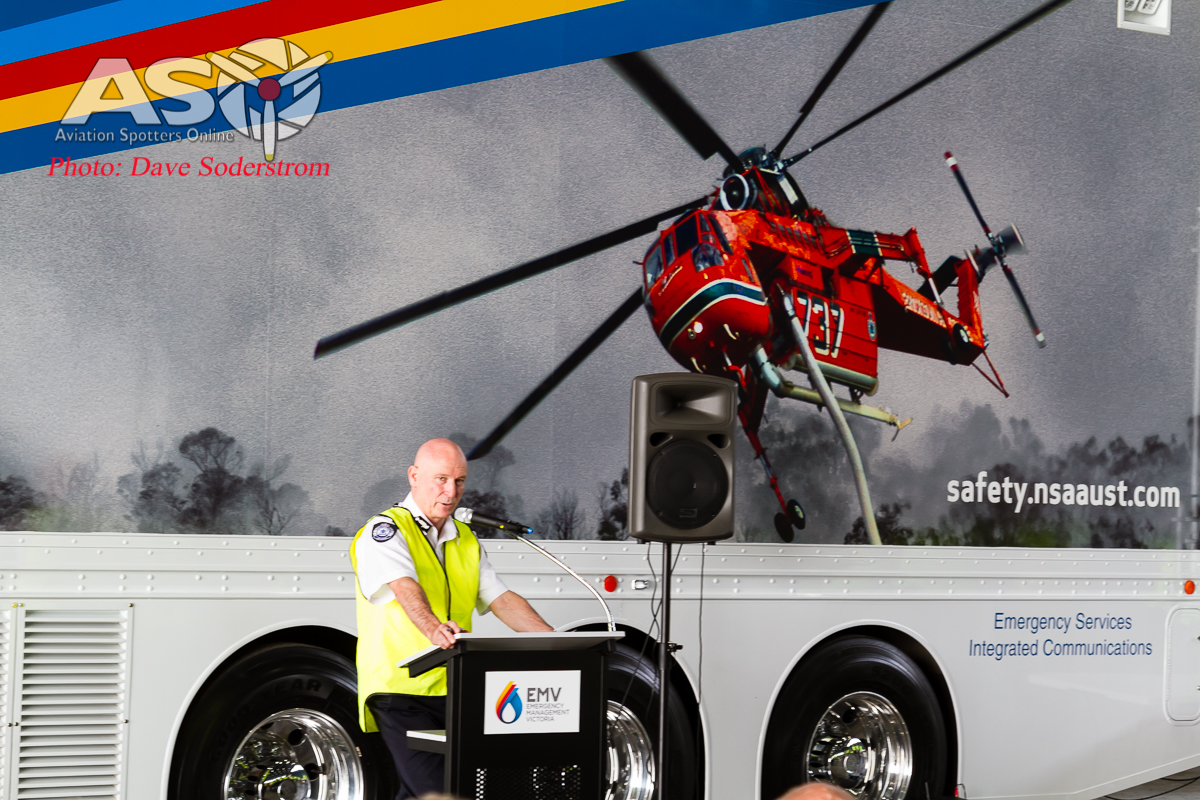







Really enjoyed the brilliant images
Thanks Mal.
Well Motty and the organisers, these pics will go straight into my archive box for ongoing watching from time to time. They are classic for me who did my national service Tech training in the RAAF at Rathmines back in the last century (circa 1956 17th Intake). Lovely location and wonderful memories and once again you have captured the essence of the day admirably for those of us who were unable to attend. Kindest regards.
Thank you very much Bevan. I’m happy that the article and photos helped evoke some fond memories for you.
Cheers,
Motty.
Amazing photos! As a pilot of the Mallard, I love them! And a great article. Well done!
Thank you very much Daniel. Glad you enjoyed it and thanks for being a part of the day.
Are you still down this way, or back up north?
Cheers,
Motty.
Great photos Motty , was that a victory roll of the Beach 18?
Thank you Angelo. Glad you enjoyed it.
No, just a few wing-overs from the Beech.
Cheers,
Motty.
Great photos, as usual Motty. I’m guessing the festival will be on again in 2020. Whereabouts did you set up for the photos – Coal Point, Fishing Point?